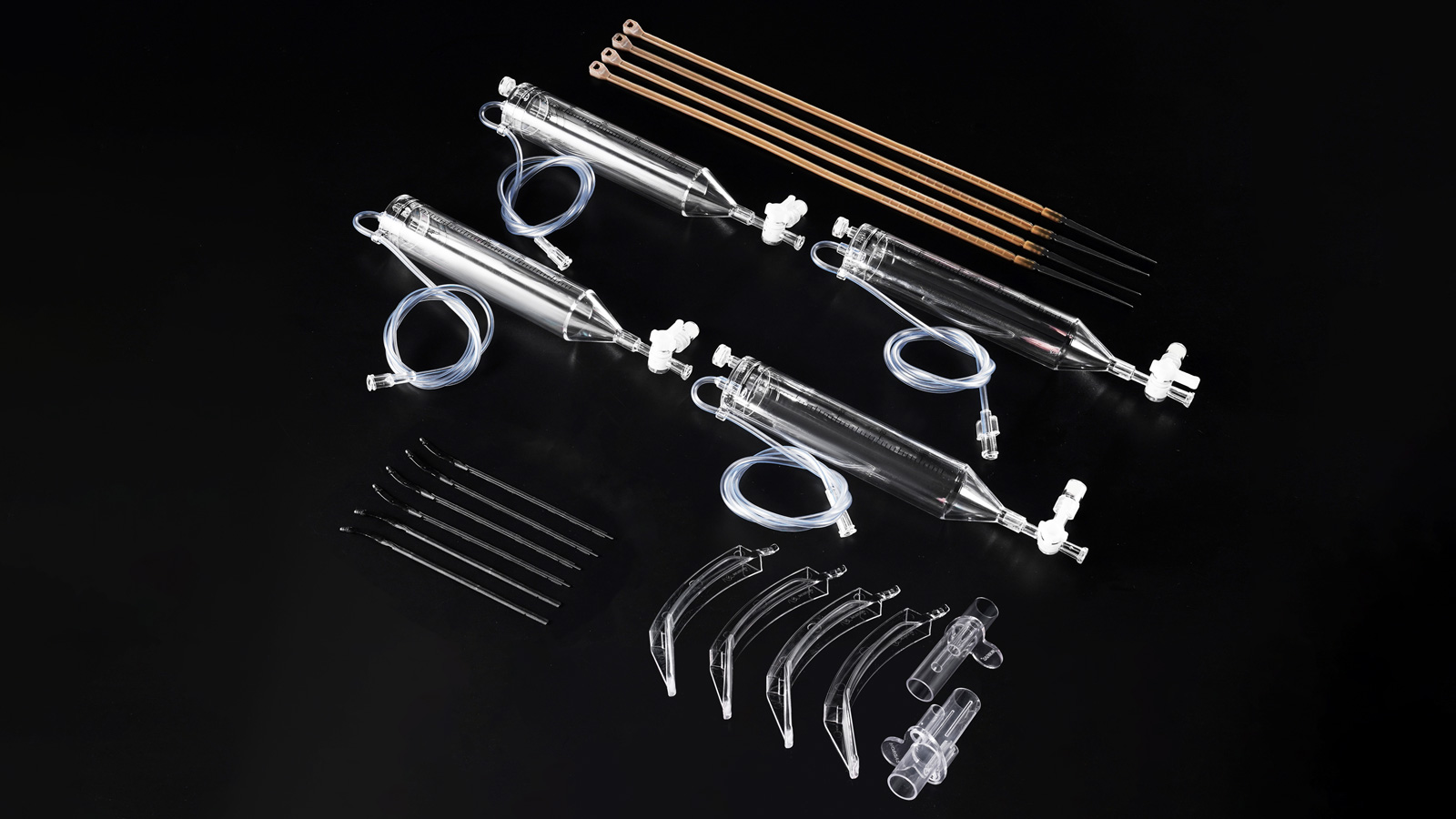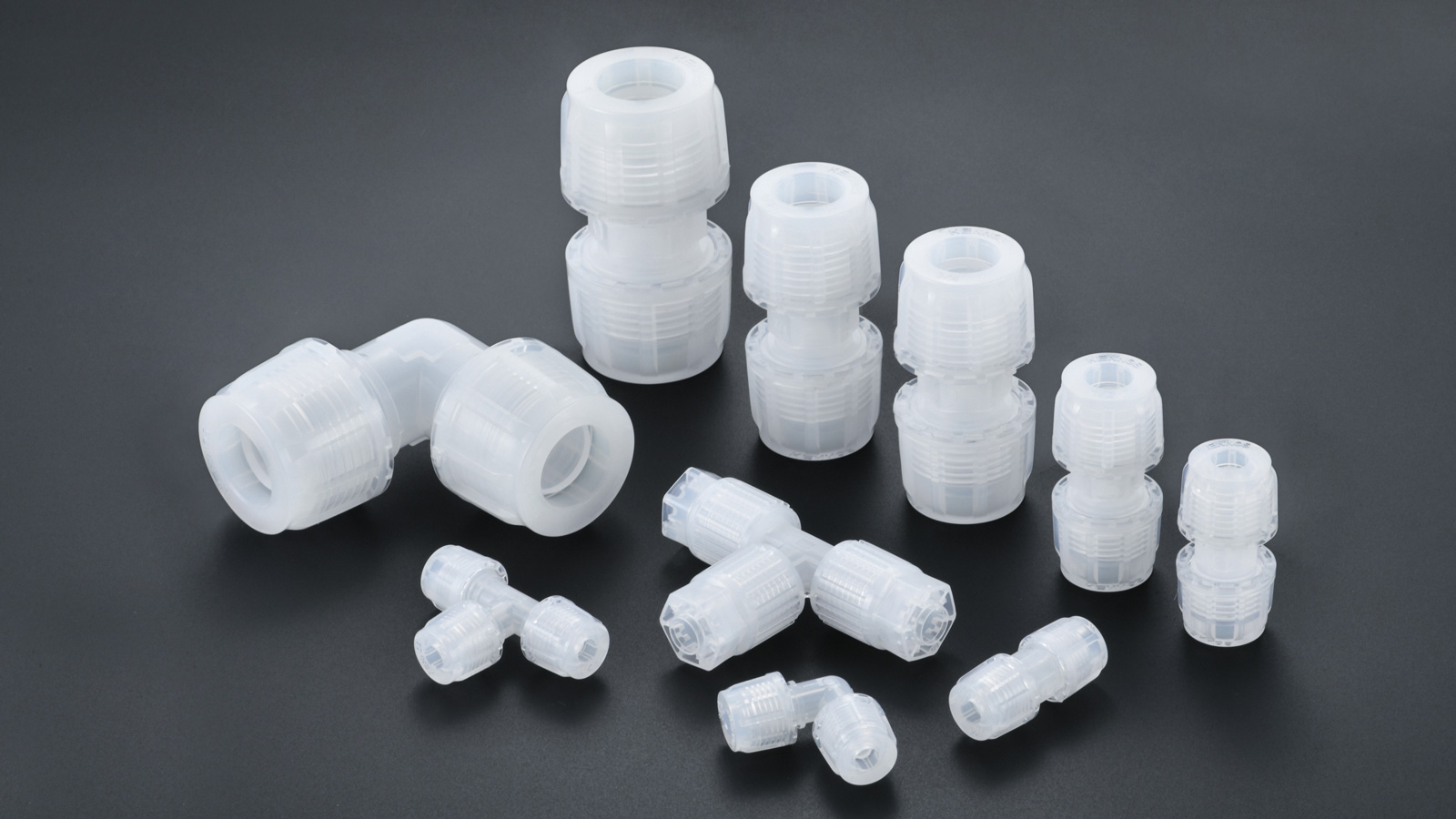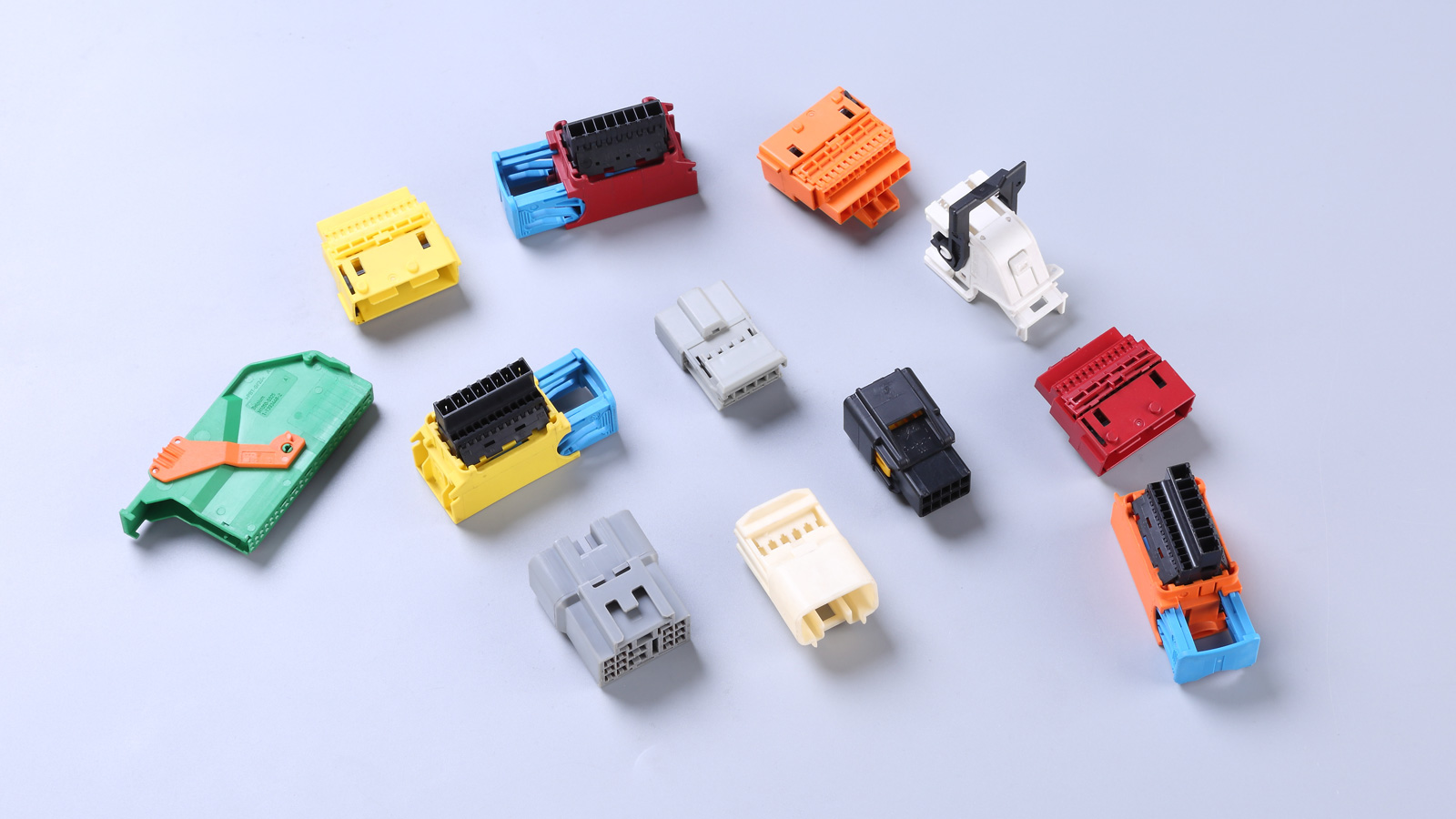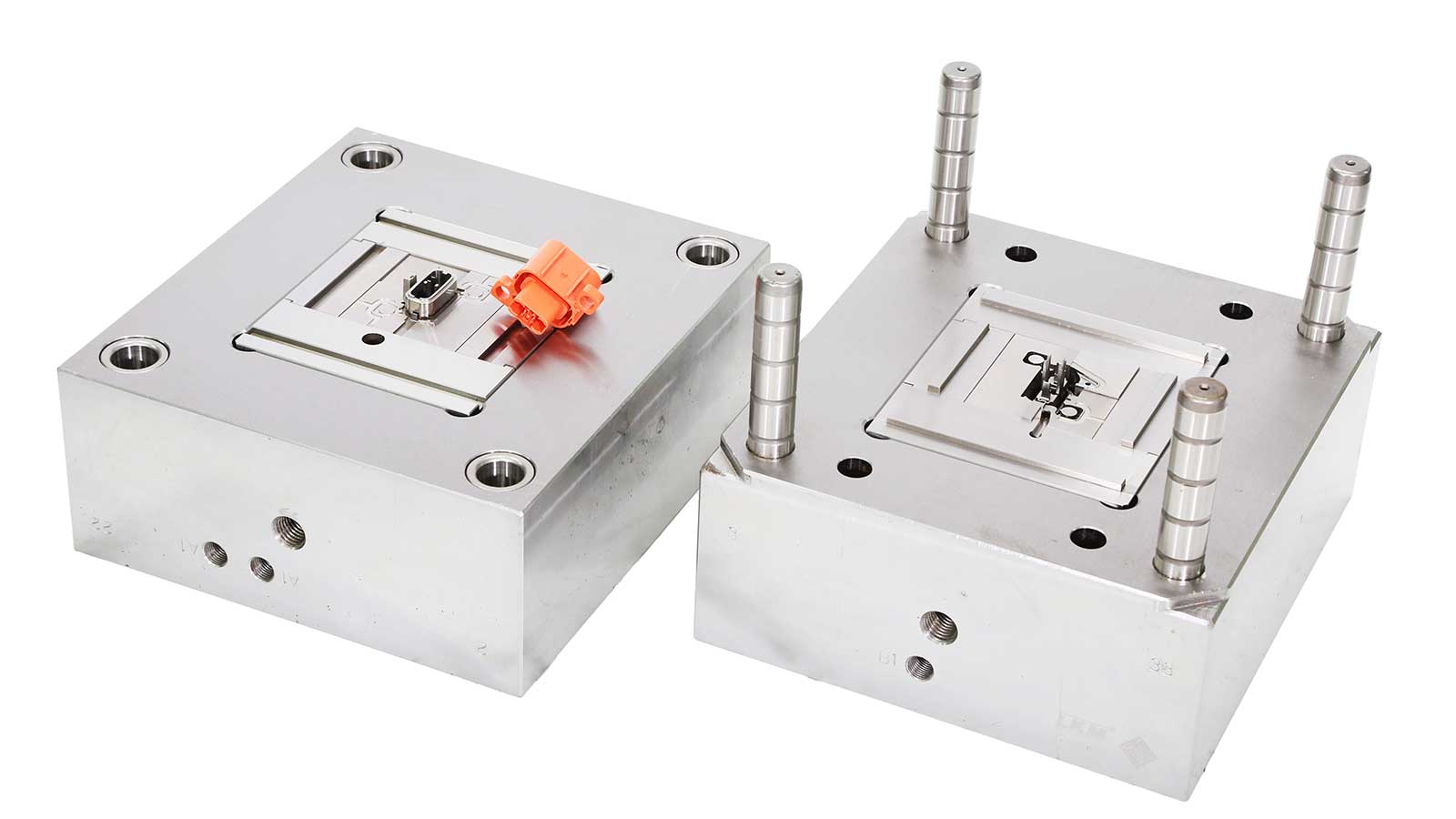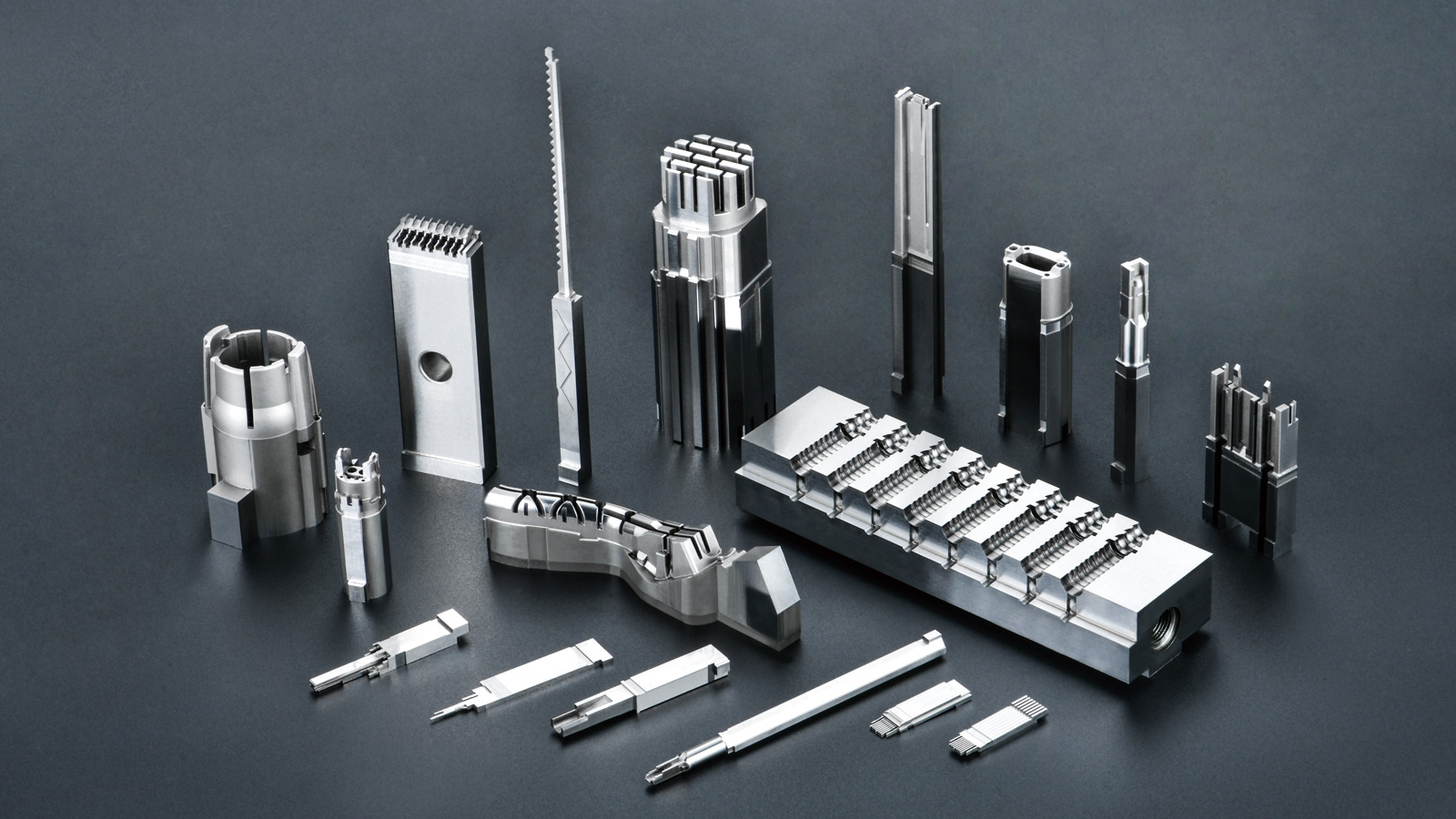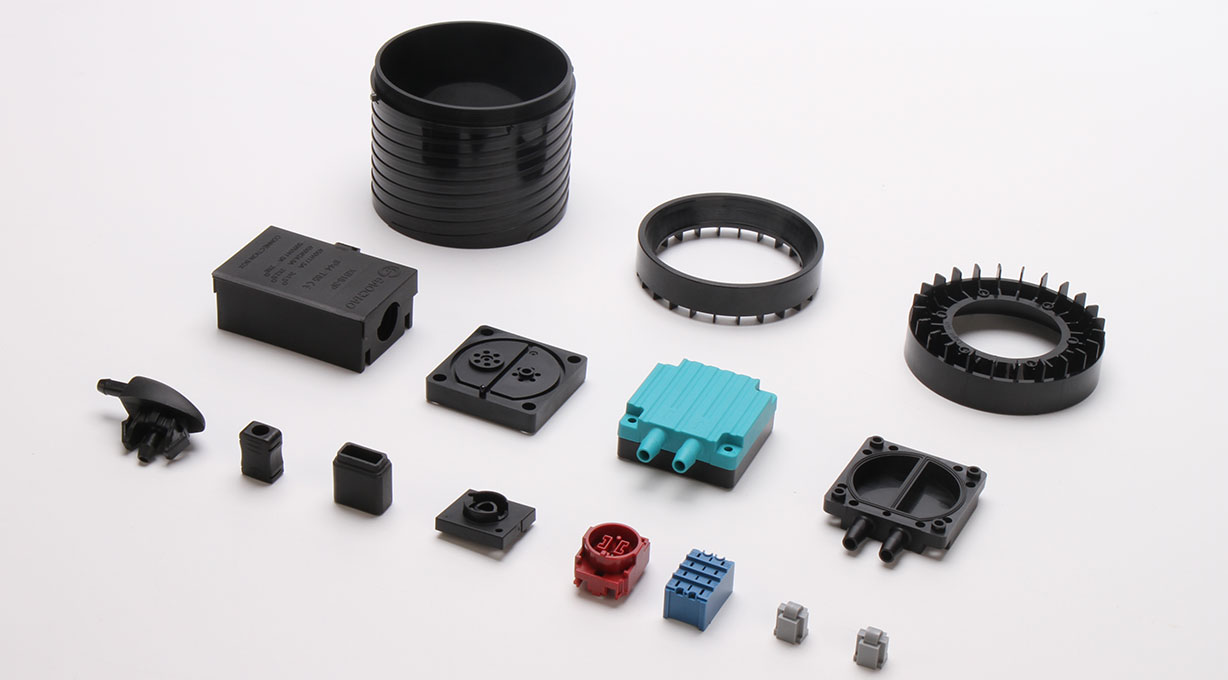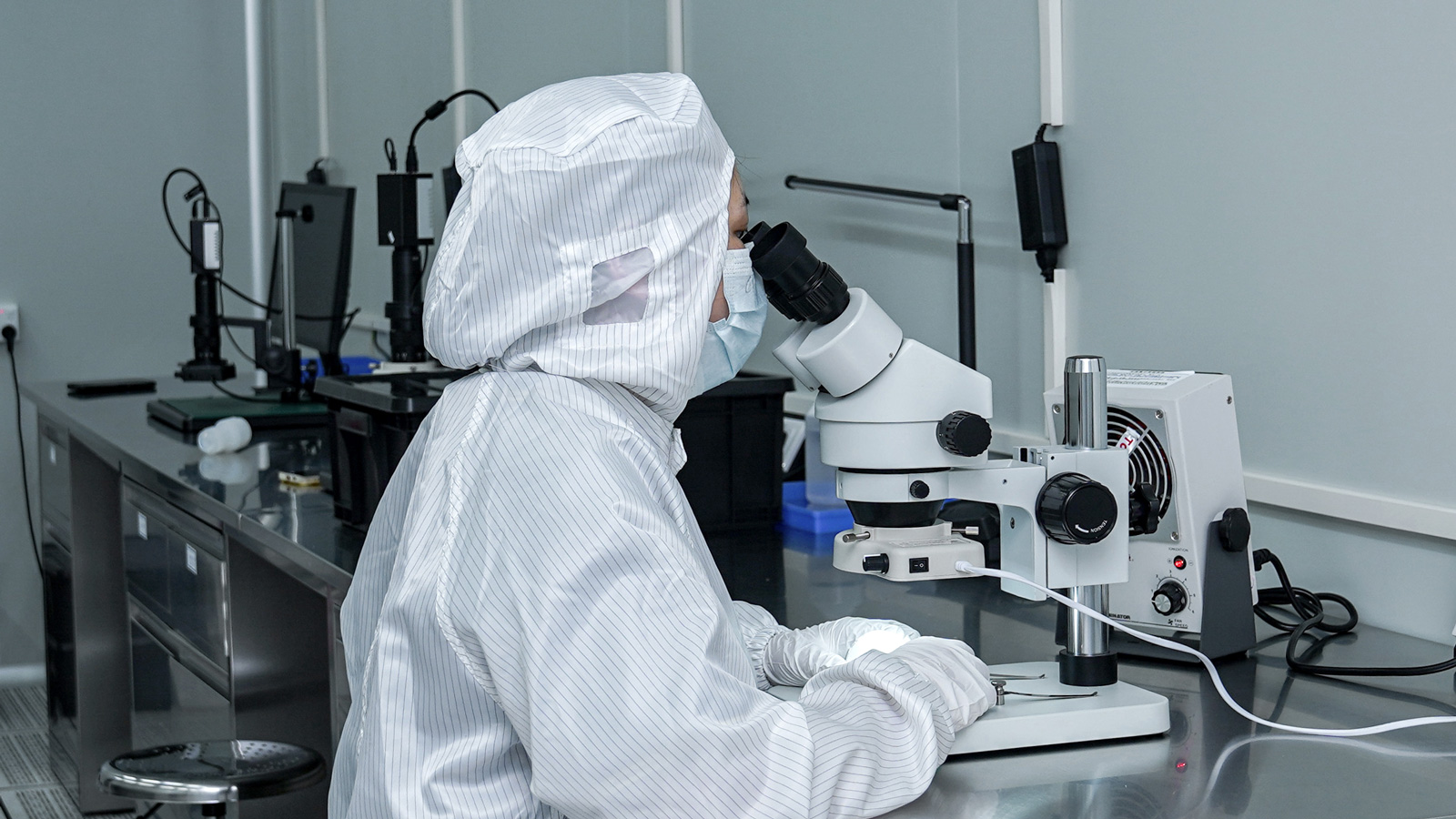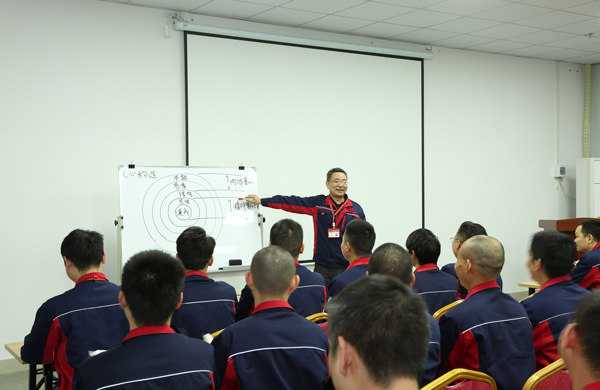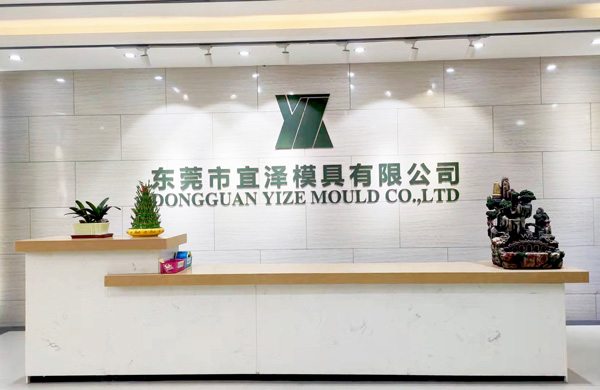In the previous article, we briefly introduced what PPSU needs to pay attention to when injection molding. Next, we will explore the wonders of PPSU mold design further. When designing PPSU molds, multiple factors need to be comprehensively considered to ensure the quality of the final products and production efficiency.
Consideration of Material Characteristics
PPSU has a relatively high melt viscosity and poor fluidity. Therefore, when designing the mold, the gate location and size should be set reasonably. The gate should be placed at the part of the product with a larger wall thickness to ensure that the melt can fill the cavity smoothly. At the same time, the gate size should be moderate. If it is too large, it may cause the melt flow front to cool prematurely, resulting in weld lines; if it is too small, it will increase the flow resistance and make it difficult to fill the mold.
PPSU has a relatively large shrinkage rate and significant anisotropy. The shrinkage factor must be fully considered in the processing of PPSU mold design. A reasonable cooling system should be designed to ensure uniform cooling of the product in the cavity, reducing the shrinkage differences caused by uneven cooling and thus avoiding problems such as warpage and deformation of the product.
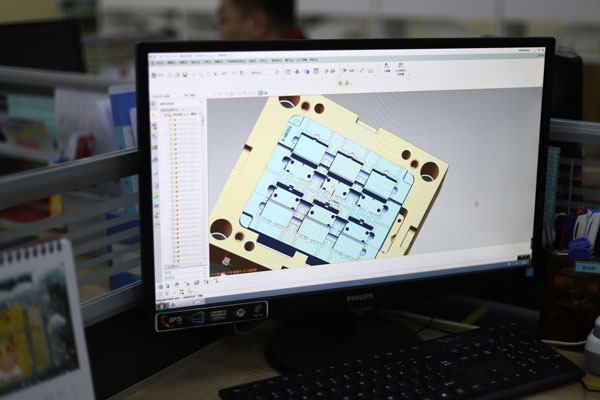
Mold Structure Design
The design of the mold cavity and core should be precise to ensure the dimensional accuracy and surface quality of the product. Since PPSU products usually have high requirements for surface finish, the surface roughness of the cavity and core should be controlled at a low level, generally with an Ra value of less than 0.8μm. At the same time, the draft angle should be considered. An appropriate draft angle helps the product to be easily demolded and avoids scratching the product surface.
The design of the venting system is also crucial. PPSU will generate a certain amount of gas during the injection molding process. If the venting is not smooth, it will lead to defects such as bubbles and silver streaks on the product surface. Therefore, venting slots should be reasonably set at the parting surface of the mold, the gap between the core and the cavity, etc., to ensure that the gas can be discharged in time.
Cooling System Design
An efficient cooling system can shorten the molding cycle and improve production efficiency. When designing the cooling system, the cooling water channels should be reasonably arranged to ensure that the cooling water can flow evenly over the surface of the cavity and core. The diameter, spacing, and layout of the cooling water channels should be optimized according to the shape and size of the product to ensure consistent cooling effects. At the same time, attention should be paid to the sealing of the cooling water channels to prevent cooling water leakage from affecting product quality.
Mold Strength and Wear Resistance
Due to the high injection pressure of PPSU, the mold needs to withstand relatively large stresses. Therefore, in the selection of mold materials, materials with sufficient strength and toughness, such as pre – hardened steel, should be used. At the same time, for mold parts that are in direct contact with the melt, surface treatment should be carried out to improve their wear resistance and corrosion resistance and extend the service life of the mold.
